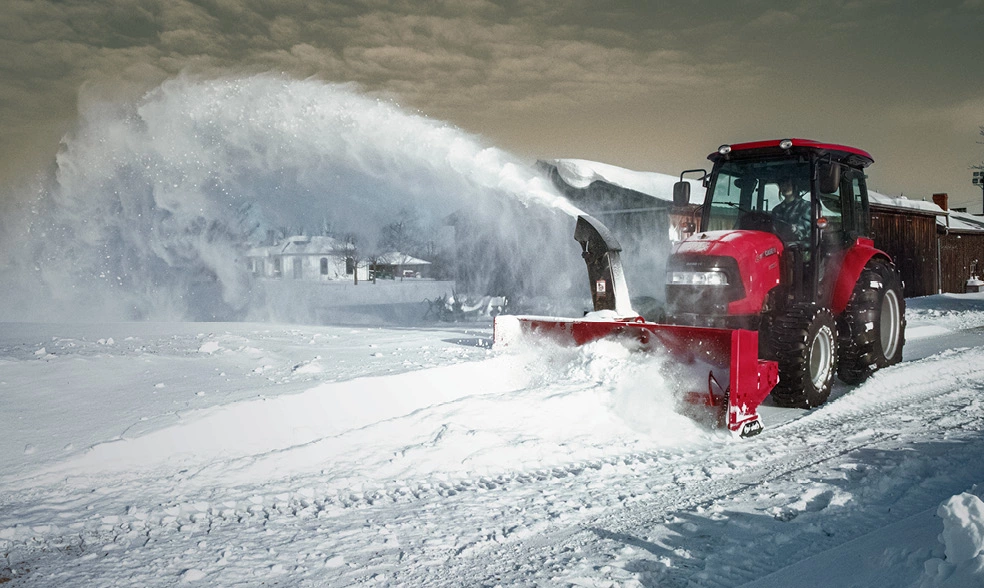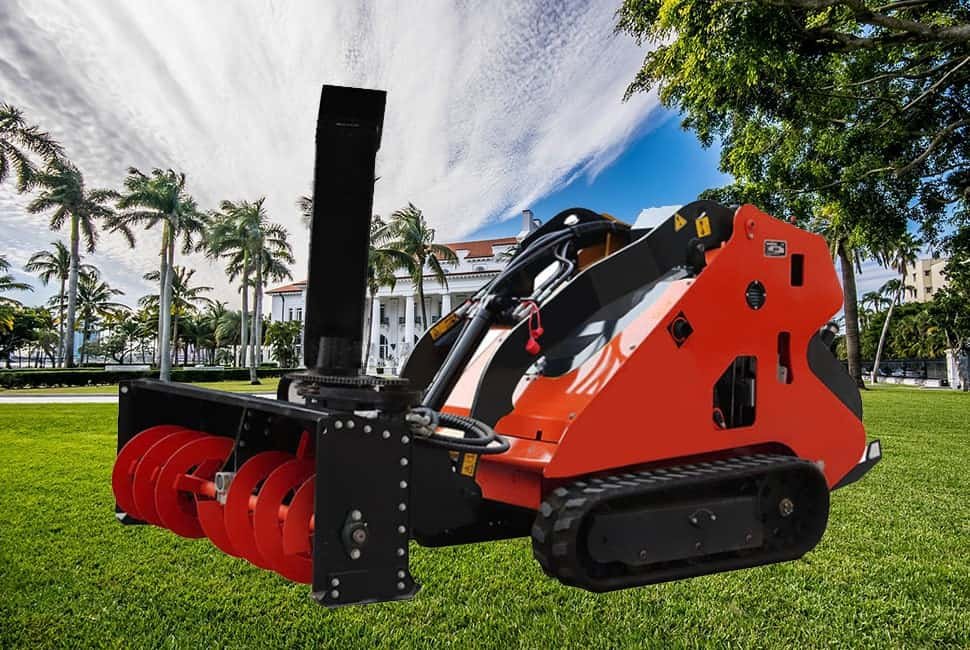Tractors are one of the most versatile and essential machines in agriculture and construction. But have you ever wondered about the different ways a tractor can be used to make your work more efficient? In this article, we’ll explore the 10 main uses of a tractor that can help you get the most out of this powerful tool.
A tractor is an indispensable tool in both farming and construction, widely used for tasks like plowing, seeding, transporting, and land leveling. By understanding its main applications, you can maximize the tractor’s potential and improve your workflow efficiency.
Let’s now dive deeper into the 10 key ways tractors are used to make various tasks more efficient and productive.
1. Tractor Uses of Plowing
Plowing stands as a cornerstone of agricultural practices, deeply rooted in tradition and integral to the modern farming landscape. Tractors, equipped with robust engines and versatile attachments, play a pivotal role in transforming compacted soil into a well-aerated medium that fosters an ideal environment for seed germination and plant growth.
These agricultural workhorses excel at loosening and overturning the soil, a process that not only facilitates seedling emergence but also enhances the overall soil structure. Their adaptability to different soil conditions and types is a testament to their indispensable nature in the successful cultivation of a wide array of crops.
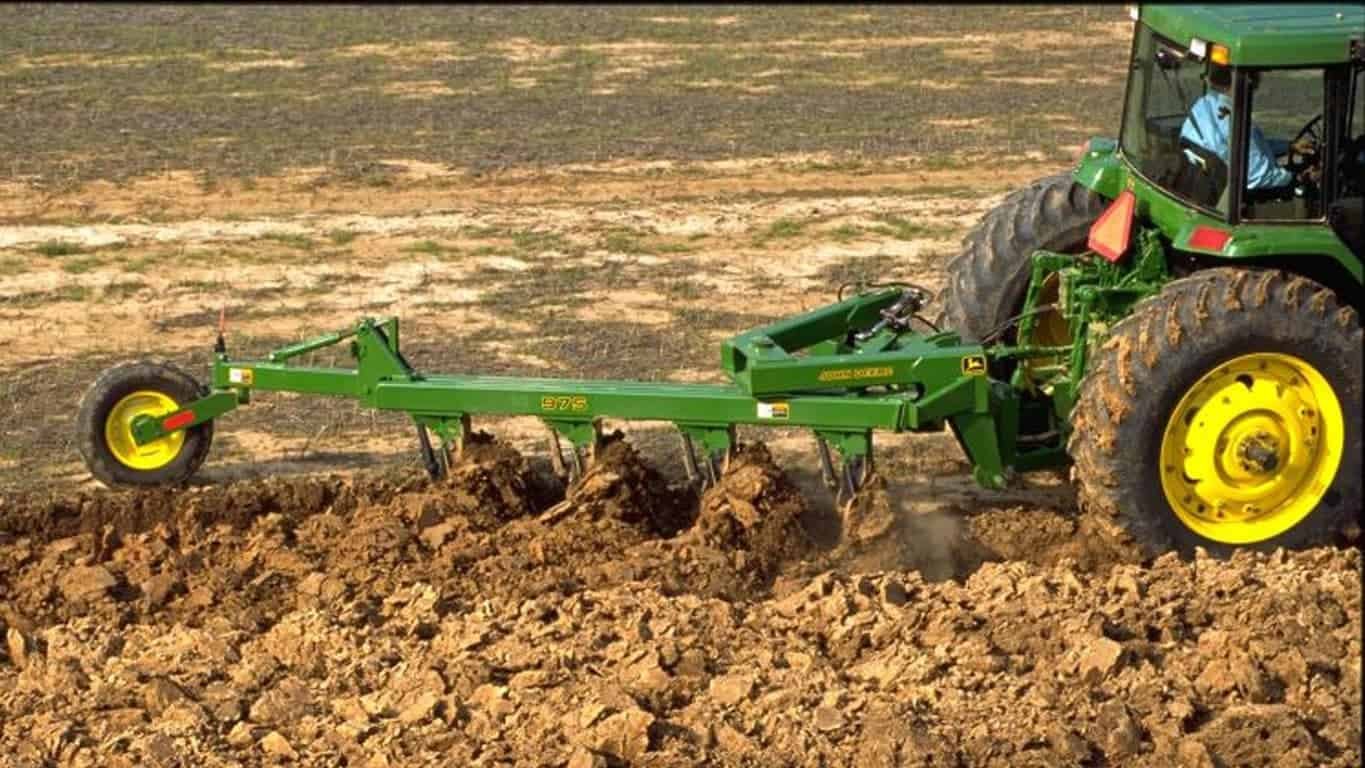
Beyond its primary function, plowing serves a dual purpose by combating weeds and pests. It’s a strategic tool in the farmer’s arsenal, helping to suppress weed growth and disrupt the life cycles of soil-dwelling pests. Selecting the appropriate plowing equipment, tailored to the specific soil conditions and the desired depth of tillage, is paramount for sustaining a fertile and bountiful agricultural ecosystem. The right choice ensures that the soil remains in optimal health, supporting the growth of robust, high-yield crops.
2. Tractor Uses of Seeding
Tractors, when paired with seeders, become indispensable tools in the agricultural arsenal, pivotal in the meticulous process of planting crops. These machines, known for their high precision, are capable of sowing seeds with exacting accuracy in terms of depth and spacing. This meticulous approach is crucial for ensuring that each seed has the best chance to germinate and grow, leading to a bountiful and thriving crop.
The uniformity achieved by using tractor-mounted seeders is a game-changer in modern agriculture. It not only minimizes seed waste but also optimizes yield, making it an efficient choice for both small and large-scale farming operations. The even distribution of seeds translates into a more predictable and abundant harvest, which is particularly beneficial for farmers managing extensive fields.
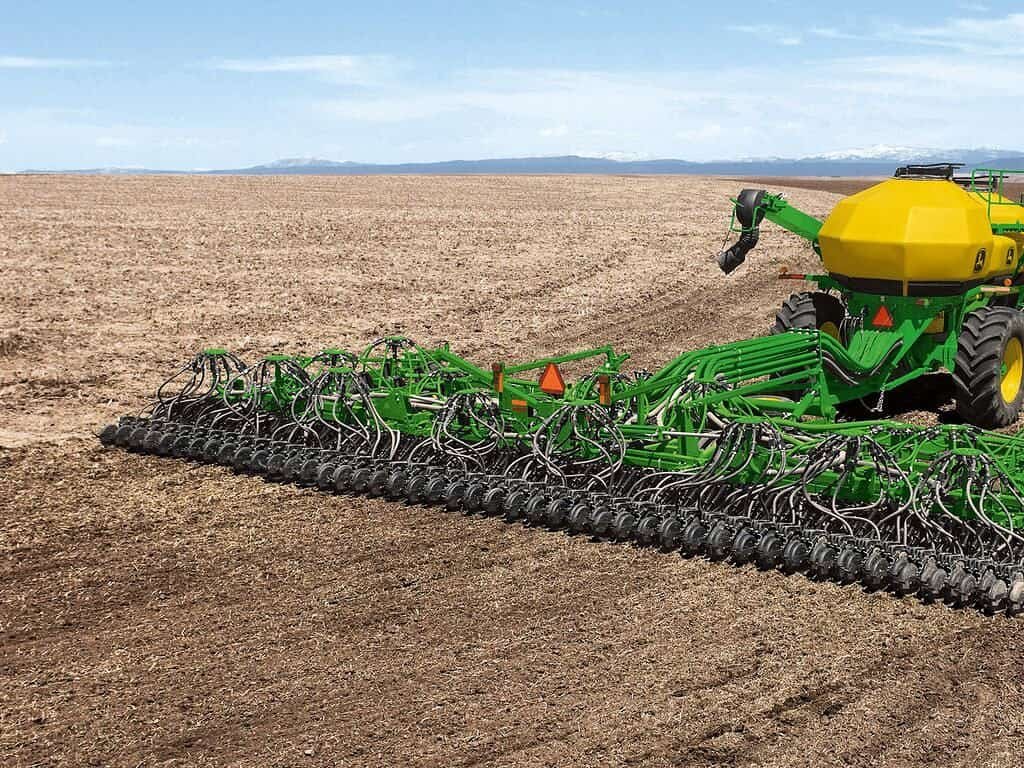
The world of seeders is diverse, ranging from traditional mechanical models to state-of-the-art precision planters. Each type is designed to cater to specific agricultural needs, from the type of crop to the unique characteristics of the soil. By carefully selecting the most suitable seeding equipment, farmers can significantly boost planting efficiency and effectiveness. The right choice can mean the difference between a challenging planting season and one that is streamlined, productive, and ultimately profitable.
3. Tractor Uses of Harvesting
Tractors are not just powerhouses in the field; they’re also champions of the harvest season. By equipping them with harvesters or combines, these agricultural stalwarts transform into efficient crop-collecting machines, significantly accelerating the gathering process and diminishing the reliance on manual labor.
As the harvest season arrives, tractors fitted with harvesters become invaluable, swiftly sweeping through fields to collect mature crops with precision. This rapid response to the harvest call minimizes the risk of crop loss due to weather or spoilage, while also enhancing overall efficiency. Farmers can now cover vast expanses of land in a fraction of the time it would take manually, ensuring that the fruits of their labor are secured promptly.
Selecting the appropriate harvesting equipment is a critical step in the process, as it directly impacts the integrity of the crop and the volume of the yield. The right equipment not only prevents damage to the crops but also ensures that the maximum possible yield is harvested. Tractors equipped with adjustable attachments are particularly adept at this task, as they can be tailored to accommodate a diverse range of crops, from towering cornstalks to low-lying strawberries.
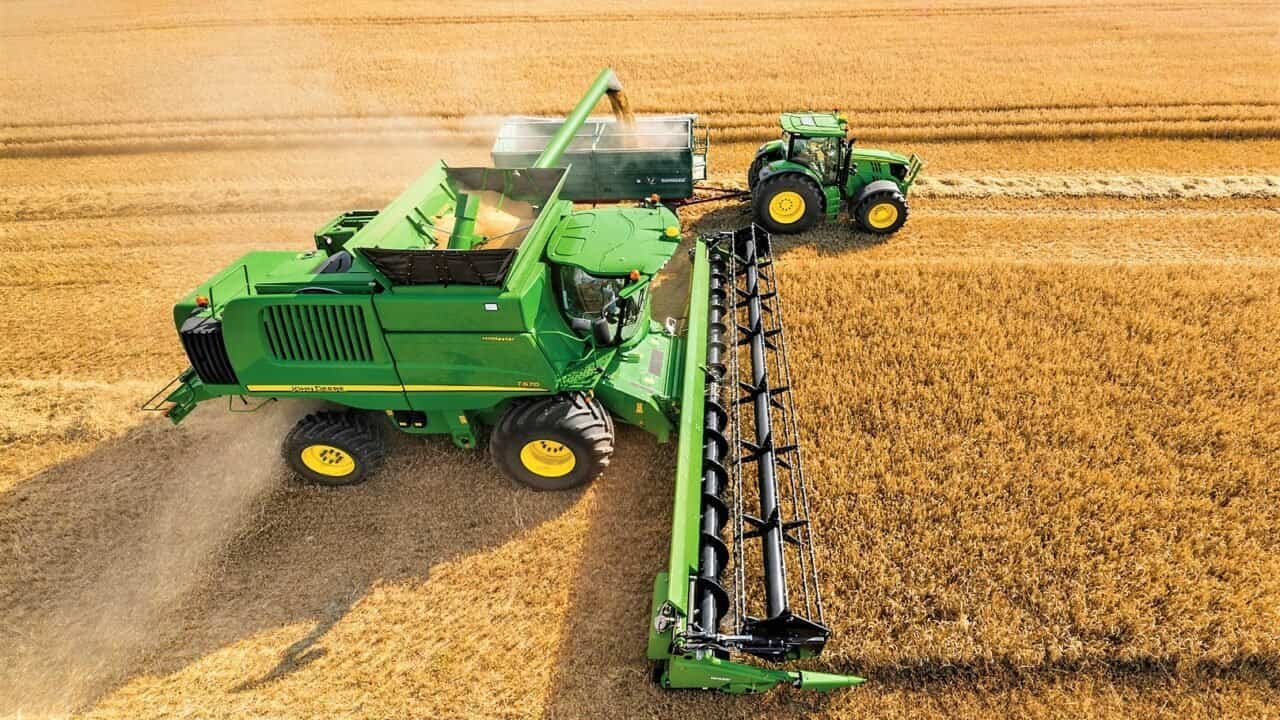
By investing in versatile tractors and the right harvesting attachments, farmers can navigate the complexities of the harvest with confidence, knowing that their tools are up to the task and that their hard-earned crops are in safe, capable hands.
4. Tractor Uses of Transporting
In addition to fieldwork, tractors are often used for transporting goods. With a trailer or flatbed attached, tractors can move everything from farm equipment to soil and fertilizer across the farm or construction site.
Tractors are ideal for hauling large loads due to their strong towing capacity. This makes them essential for both transporting farm supplies and removing debris from construction sites.
When using a tractor for transport, it’s important to ensure that the load is balanced and within the tractor’s towing capacity. Proper attachment and maintenance of the trailer are also key for safe transport.
5. Tractor Uses of Land Leveling
Land leveling is crucial for improving irrigation and crop yield. Tractors equipped with laser-guided grading equipment can level the soil to perfection.
Tractors help in leveling land to ensure even water distribution, which is crucial for crop growth. Their advanced leveling equipment ensures high accuracy and efficiency in preparing the soil for planting.
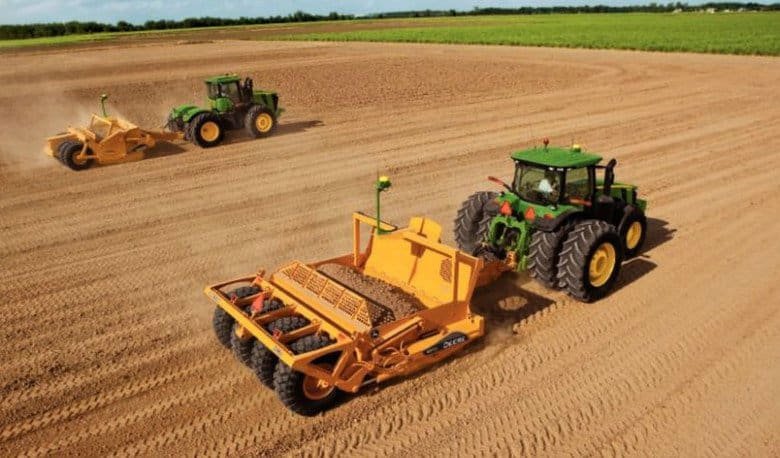
Modern land leveling systems use laser technology to achieve precision in grading, which reduces water runoff and promotes better soil retention. This technology is especially useful for large-scale farms with uneven terrain.
6. Tractor Uses of Irrigation
Tractors play a key role in irrigation by providing the necessary power to pump water to fields. Coupled with irrigation systems, they ensure crops receive the right amount of water.
Tractors provide the driving force for irrigation pumps, ensuring water reaches all parts of the farm. This is particularly important in regions with irregular rainfall or during dry seasons.
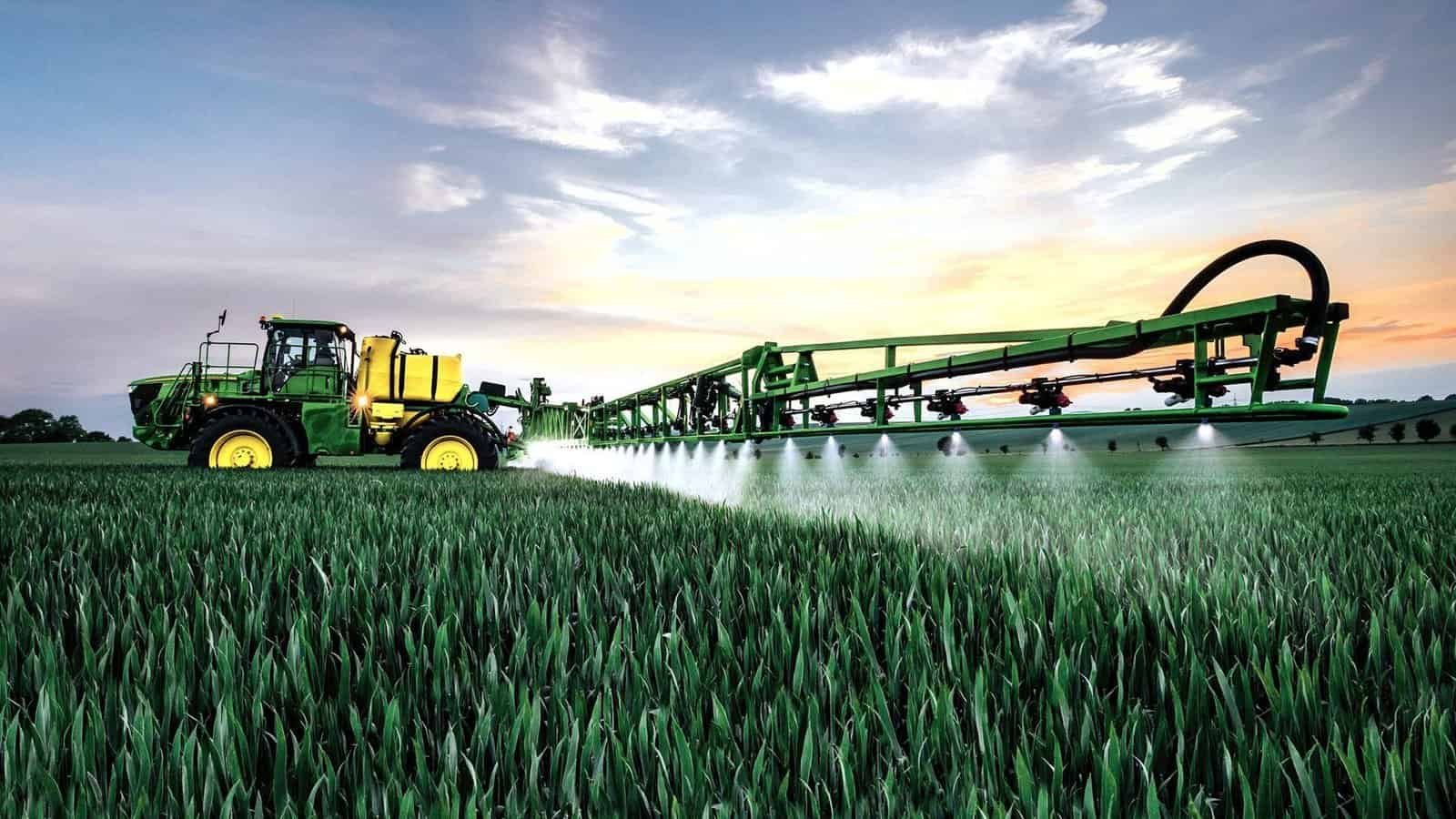
Whether it’s a sprinkler or drip irrigation system, selecting the appropriate system based on crop requirements and soil type will improve water efficiency and crop health.
7. Tractor Uses of Mowing
Tractors outfitted with mowers are indispensable for the upkeep of grasslands and the management of pastures. These versatile machines are a common sight not only in the fields but also along roadsides and across the manicured greens of golf courses.
By harnessing the power of a tractor with a mower attachment, vast swaths of grass can be expertly trimmed with speed and precision. This efficiency is a boon for those tasked with maintaining expansive agricultural estates or pristine recreational areas, ensuring that the landscape remains neat and orderly with minimal effort.
The choice between rotary and flail mowers, depending on the type of grass and the contours of the terrain, can dramatically influence the effectiveness of the mowing process. Rotary mowers excel in providing a clean, even cut on flat surfaces, while flail mowers tackle tougher grasses and uneven terrain with ease. Regular upkeep of the mower blades is not just a matter of maintaining performance; it’s also crucial for achieving that crisp, uniform finish that defines a well-maintained landscape.
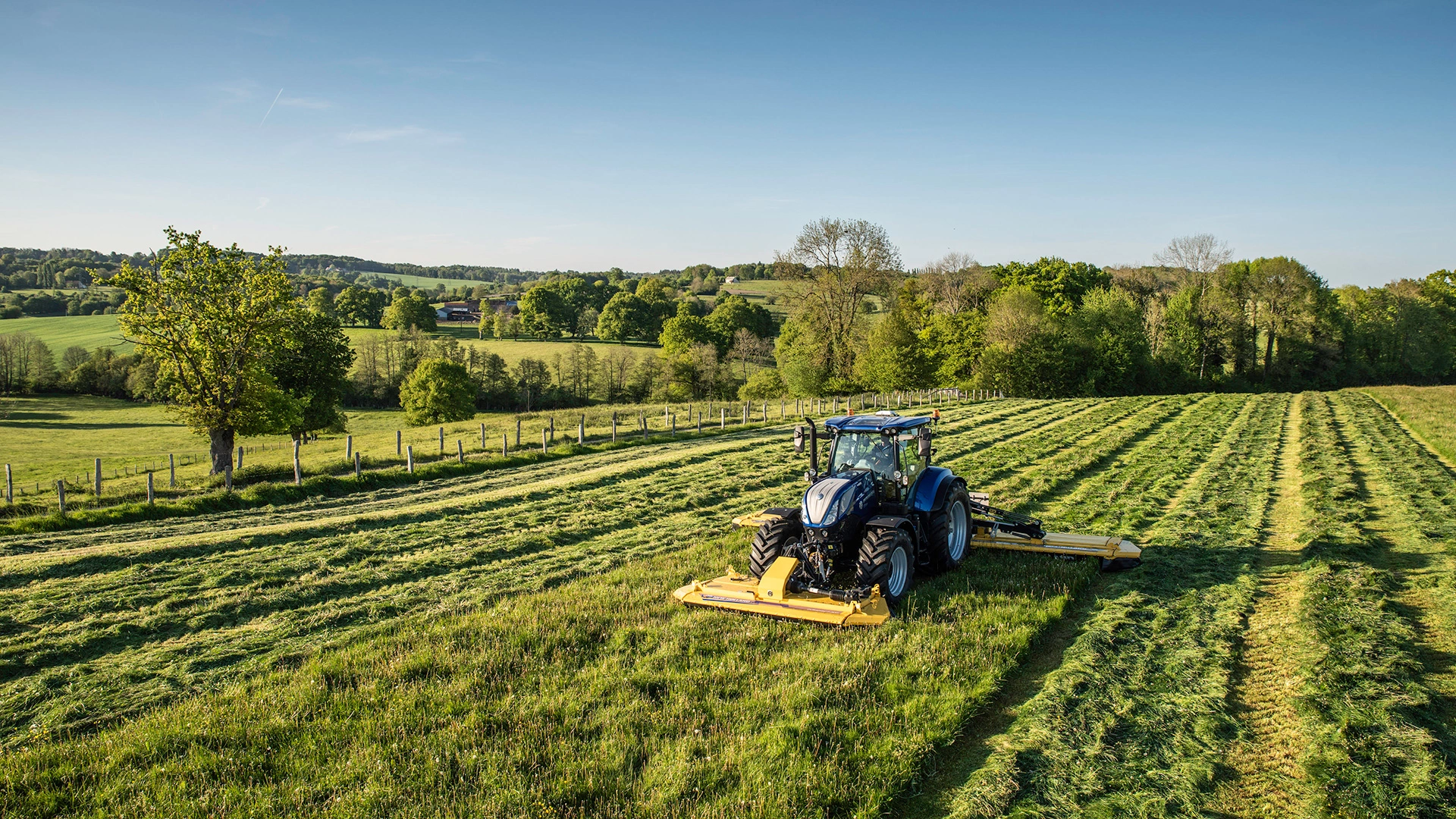
In the hands of a skilled operator, a tractor with a mower attachment is more than just a tool; it’s a key component in the art of landscape management, ensuring that every acre is kept in its best possible condition.
8. Tractor Uses of Snow Removal
As winter blankets the landscape in a cloak of snow, tractors transform into vital winter warriors, adapting to the task of snow removal with ease. This adaptation is particularly essential in rural settings and on farms, where keeping roads and pathways clear is not just a convenience but a necessity for maintaining access to homes, fields, and markets.
By equipping tractors with snow plows or blowers, these agricultural workhorses become formidable allies in the battle against winter’s whiteout. They efficiently clear snow from driveways, roads, and fields, ensuring that operations continue without interruption even in the face of severe winter weather.
When it comes to choosing the right snow removal attachments, the type of snow and the area to be cleared are key considerations. For vast expanses such as roads and large fields, tractor-mounted plows are the go-to choice, their broad blades effortlessly pushing aside light to moderate snowfall. On the other hand, snow blowers are the champions for tackling deeper drifts, their powerful augers and throwers capable of managing heavy snow with ease.
In the hands of a farmer or a property manager, a tractor with the right snow removal attachment is more than just a machine; it’s a winter lifeline, ensuring that the path ahead remains clear and safe.
9. Tractor Uses of Soil Cultivation
Soil cultivation with a tractor involves using tillers or harrows to break up compacted soil and mix organic material, creating a better environment for crop growth.
Tractors help in cultivating the soil to improve its structure, increase its fertility, and create a better seedbed. Proper soil cultivation also encourages better water absorption and root growth.
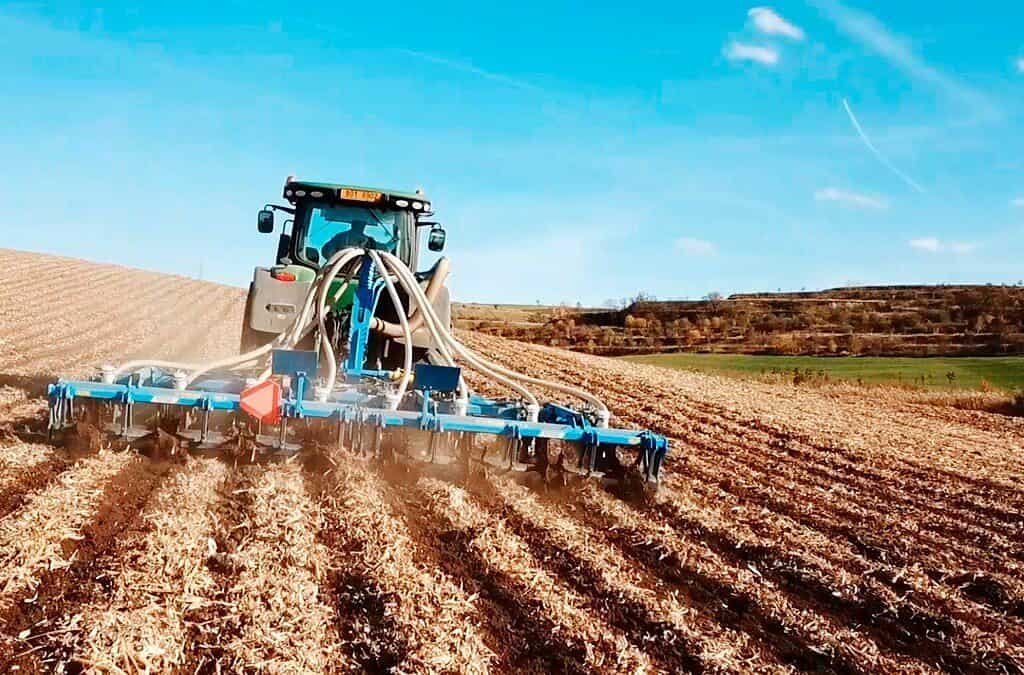
Different tillage equipment is used depending on the type of soil. For example, rotary tillers are ideal for soft, sandy soils, while chisel plows work better for compacted or clay-rich soils.
10. Tractor Uses of Forestry
In forestry, tractors are used for tasks such as logging, hauling logs, and clearing land. Their power and towing capacity make them invaluable for forest management.
Tractors with forestry attachments are able to lift and transport heavy logs, clear brush, and manage timber effectively, which makes them a key tool in the forestry industry.
Forestry-specific attachments, such as log skidders or winches, allow tractors to maneuver and transport large logs with ease. These attachments are designed to minimize damage to the forest and make the operation more efficient.
Краткое содержание
Tractors are essential tools in both agriculture and construction, offering solutions for tasks like plowing, seeding, transportation, and snow removal. Understanding their applications can significantly improve your operational efficiency.

